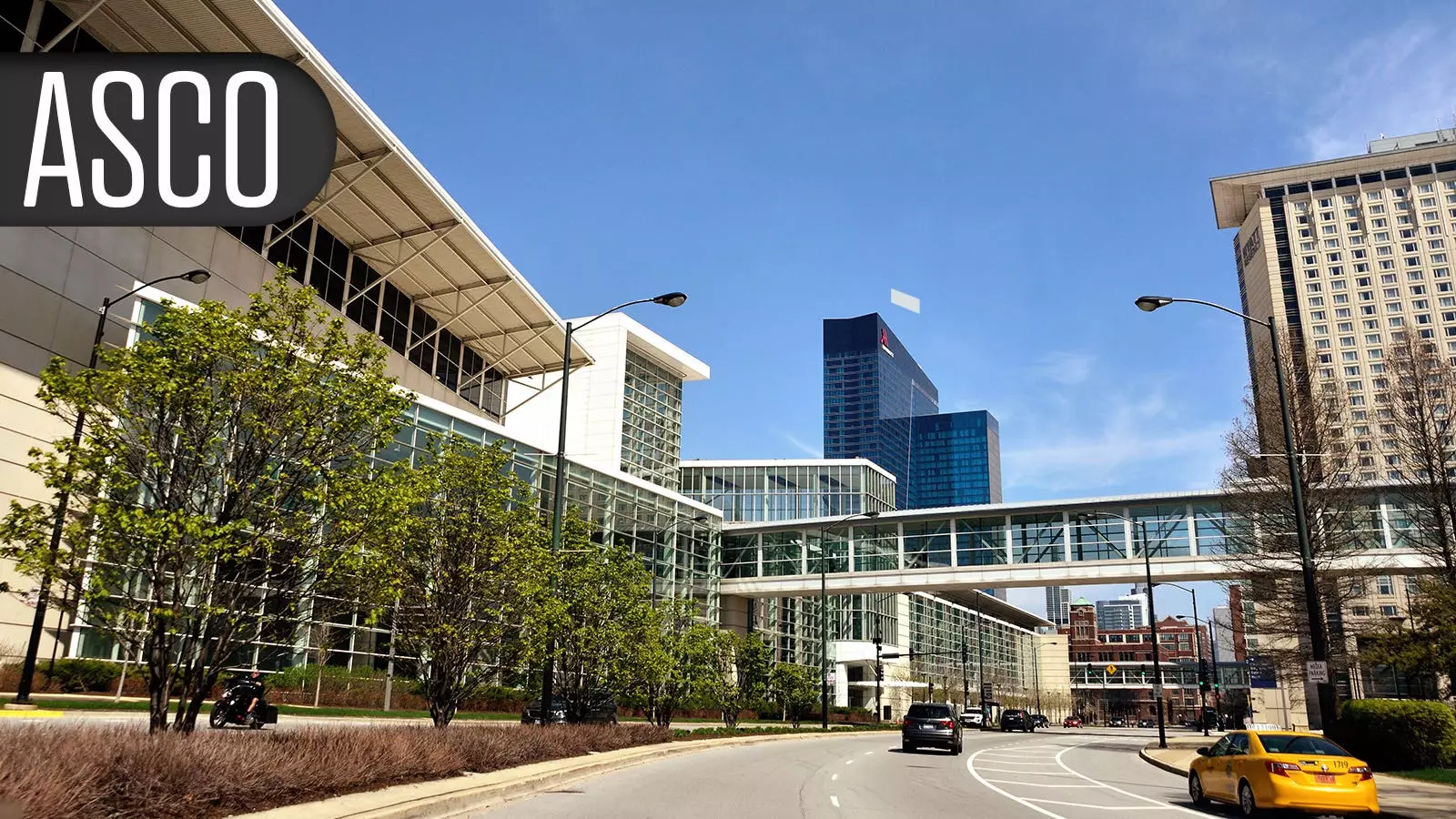A groundbreaking study has shed light on the potential benefits of a triplet combination involving brentuximab vedotin (BV) for patients with diffuse large B-cell lymphoma (DLBCL). The study demonstrated that this combination therapy, consisting of BV, lenalidomide, and rituximab, led to significant improvements in overall survival (OS) compared to lenalidomide-rituximab alone in the third-line setting.
The interim analysis of the phase III ECHELON-3 trial revealed that patients receiving the BV-containing triplet experienced a median OS of 13.8 months, compared to only 8.5 months for those receiving lenalidomide-rituximab alone. This represents a 37% reduction in the risk of death, highlighting the potential of this regimen to address the unmet needs of patients with relapsed/refractory DLBCL. The study enrolled patients who were either ineligible for or had relapsed after CAR T-cell therapy or hematopoietic stem-cell transplantation (HSCT), making the results even more significant.
Promising Secondary Endpoints
In addition to the improved OS, the triplet regimen also demonstrated better progression-free survival (PFS) and overall response rates. Patients receiving BV in combination with lenalidomide-rituximab showed significantly greater overall response rates and complete response rates compared to those receiving placebo. This suggests that the triplet therapy could be a valuable option for patients who are ineligible for other treatment modalities due to various reasons.
While the findings of the study are promising, it is crucial to acknowledge the potential toxicities associated with the triplet regimen. The study reported a higher incidence of grade 3 or greater treatment-emergent adverse events (AEs), including hematologic toxicity and peripheral neuropathy. These toxicities warrant further investigation to ensure the safety and tolerability of the treatment in clinical practice.
The participants in the ECHELON-3 trial were reflective of real-world clinical practice, with a median age of 70-74 and a diverse demographic representation. The majority of patients had primary refractory disease and had received multiple lines of therapy prior to enrollment in the study. The trial also included patients with high-risk disease subsets, such as those with advanced age, non-germinal center B-cell phenotype, and prior exposure to CAR-T therapy.
The triplet combination therapy involving BV, lenalidomide, and rituximab shows promising results in improving survival outcomes for patients with relapsed/refractory DLBCL. The study highlights the potential of this regimen to address the unmet needs of patients who are ineligible for other treatment options. However, further research is needed to fully understand the safety profile and long-term efficacy of this treatment in clinical practice.


Leave a Reply